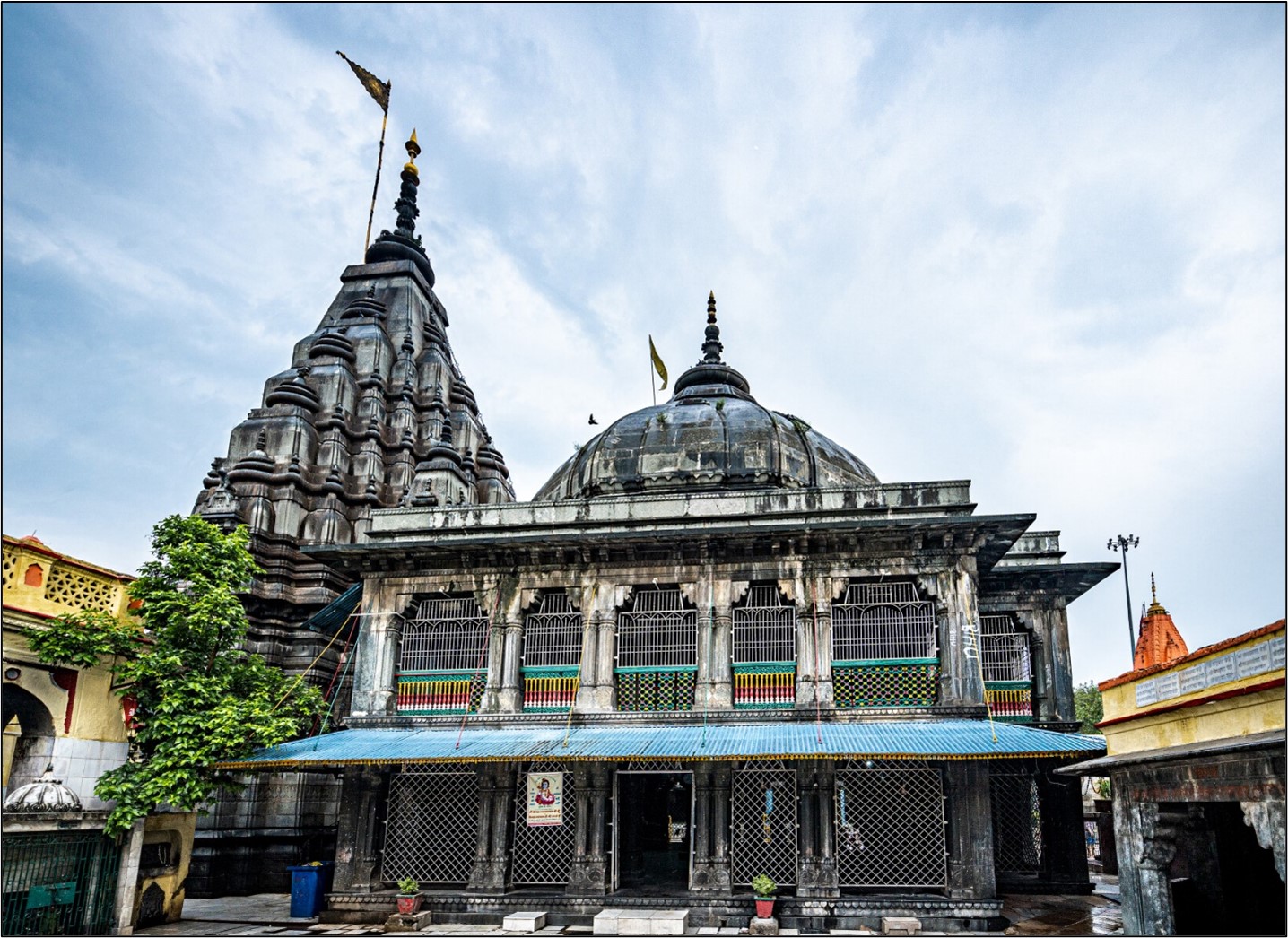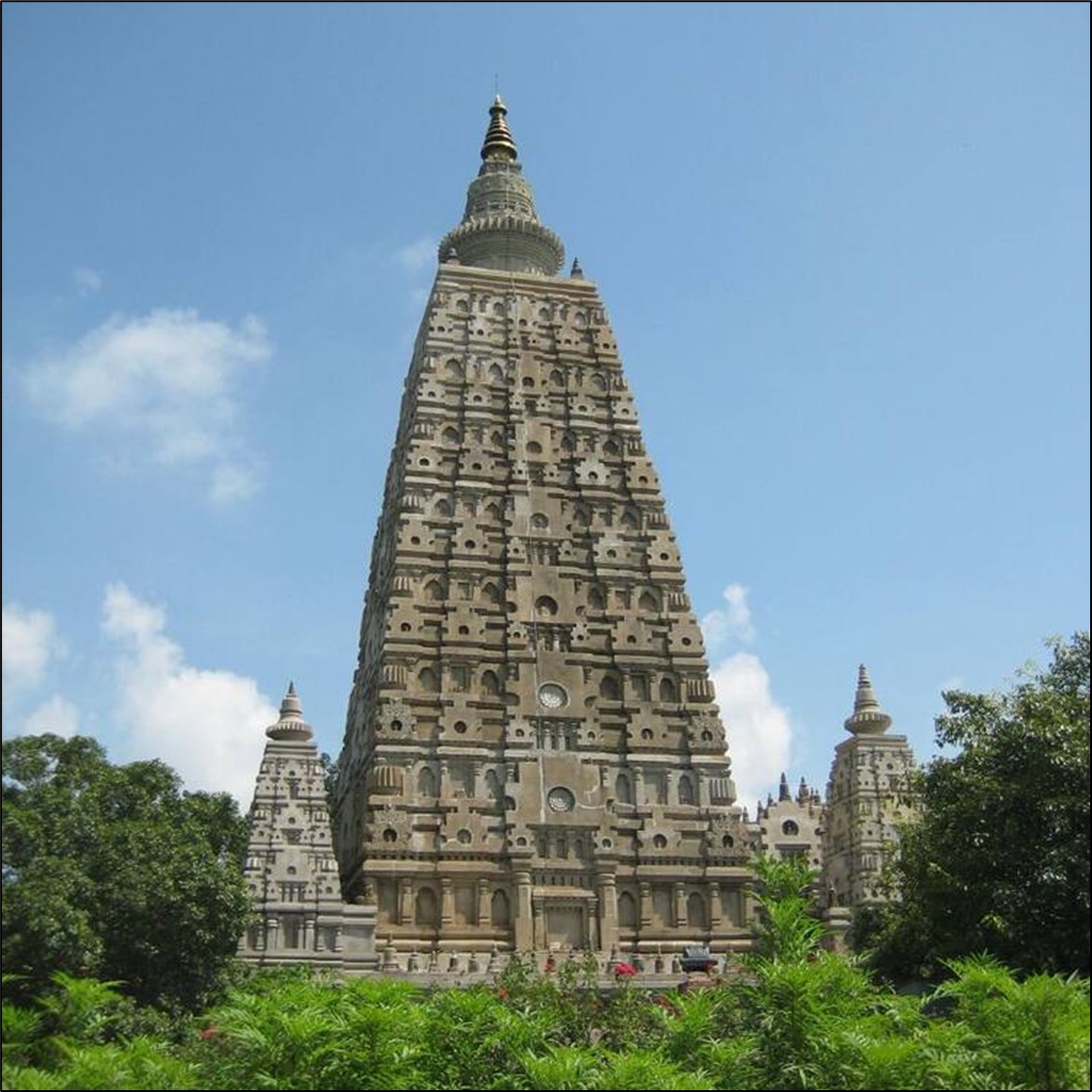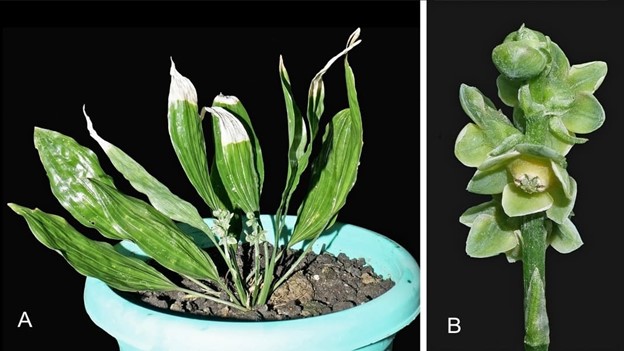The Union government has introduced Aadhar-based LPG customer authentication to improve beneficiary targeting in the PAHAL and Ujjwala Schemes.

Reference
During the 2024 Budget speech, the Finance Minister highlighted small modular reactors (SMRs) as a promising technology.
A pressurized heavy-water reactor (PHWR) is a nuclear reactor that uses heavy water (deuterium oxide D2O) as its coolant and neutron moderator.
|
Feature |
Large Conventional Reactors |
Small Modular Reactors (SMRs) |
Micro Reactors |
|
Power Output |
1000 - 1700+ MW |
10 - 300 MW |
< 10 MW |
|
Size |
Very large, requires significant space |
Modular, smaller footprint |
Minimal, compact design |
|
Construction Time |
5-10 years |
3-5 years |
1-3 years |
|
Scalability |
Limited, typically single unit |
High, can be added incrementally |
Very high, suitable for remote or small-scale applications |
|
Fuel Cycle |
Typically uses enriched uranium |
Can use enriched uranium, thorium, or other fuels |
Often uses advanced fuels like TRISO fuel |
|
Economic Model |
Economies of scale, centralized power generation |
Cost-effective through factory assembly and modular construction |
Cost-effective for niche markets and remote locations |
|
Environmental Impact |
High impact due to large footprint and water usage |
Lower impact, more efficient land and water use |
Minimal impact, designed for minimal environmental footprint |
|
Grid Compatibility |
Requires robust, stable grid |
Can support both large and small grids |
Ideal for microgrids and isolated applications |
|
Use Cases |
Base load power generation for large urban centers |
Flexible use for urban, industrial, and rural areas |
Remote areas, military bases, disaster recovery, small communities |
References
The Finance Minister announced during her Union Budget Speech recently that corridor projects will be built for the Vishnupad Temple and the Mahabodhi Temple.
Vishnupad Temple

Mahabodhi Temple

Reference
Indian Express | Vishnupad and Mahabodhi temples
Union Minister for Culture and Tourism speaks about the National Mission for Manuscripts (NMM) recently.
|
Quick facts |
|
Manuscript
|
References
An extraordinary rare plant species was discovered in the Wari Chora in Garo Hills in Meghalaya.

Reference